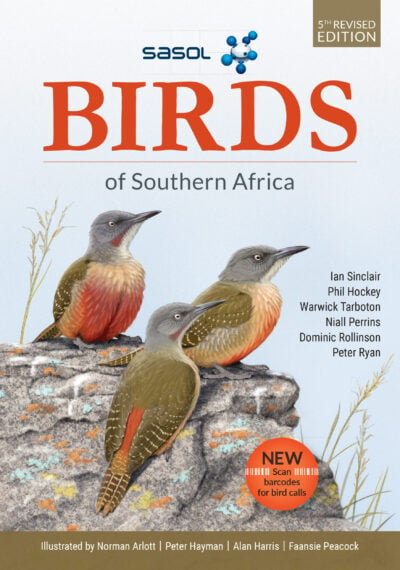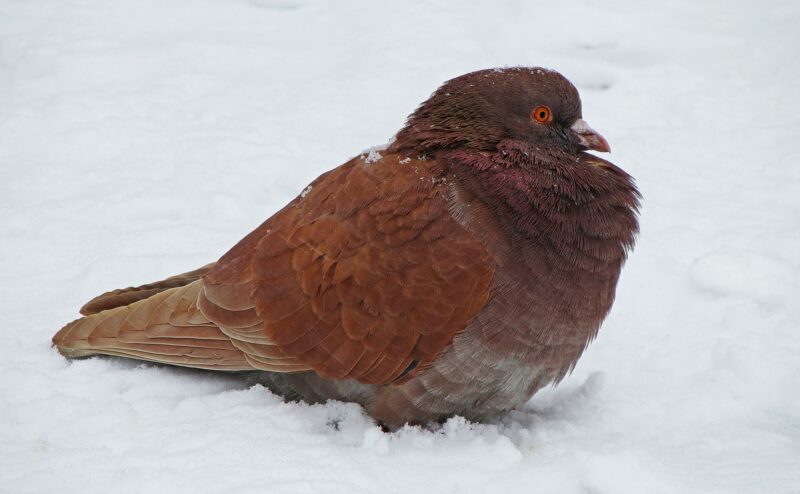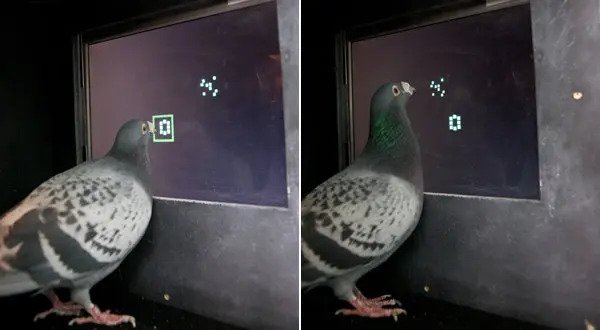
Untitled Pigeon Post by Andi Q. '25
🐦💕
Hi. I’m Andi. I’m twenty years old and already a pigeon addict.
It all started seven years ago with that book by SASOL01 South African Synthetic Oil .

Oh, how innocent it looks…
“Come on, dude, just try some. All the smart kids are reading it.”
Initially, I knew better than to trust a book written by a gas company. I tried holding out, but I was young and wanted to fit in, so peer pressure eventually made me cave in.
“Okay, fine! … but just one page.”
I closed my eyes, took a deep breath, and flipped to a random page. Little did I know that as soon as my eyes opened and fell upon the words “Columba livia”, my life would change forever.
People say that this type of media, a nonfiction book, doesn’t get you hooked as the others do – that it doesn’t tell stories quite as compelling as blockbusters or books about wizards. I knew countless people who ventured into the Marvel Cinematic Universe or even, heavens forbid, the MIT Admissions Blogs, but cases of nonfiction books having the same effect were few and far between.
I thought I was safe, so I let my guard down, but I was more susceptible to the book’s contents than I thought. Immediately, I felt my eyes drawn to the colorful illustrations of the common feral pigeon on the page. I’d never realized the brown, red, gray, and white pigeons02 Not to mention all the in-between cookies-and-cream patterns. flocking together on city streets come from the same species. Nor had I ever paid enough attention to them to notice their iridescent green and purple feathers. Their perfectly rotund bodies. Their deep, rolling coos…

An egg-ceptionally gorgeous ash-red pigeon in snow.
One page turned into a chapter, then two, then ten. In the blink of an eye, an hour had passed. Even after stepping away from the book, I couldn’t stop thinking about pigeons. My first instinct when seeing a flock would be to pull out my phone and snap a picture. I learned how to identify them based on their coos alone; for some, even their wing-flapping sounds! All this so I could spot rare pigeons as quickly as possible. (It certainly didn’t help that these birds were everywhere.)
With every passing week, I craved more knowledge about these delightful birds. Before long, I’d moved past the book and onto National Geographic documentaries. I thought they’d surely answer all my lingering questions about pigeons, but they only raised even more questions. How can something the shape and size of a large potato fly at 150 km/h?03 Apparently they're just very muscular and aerodynamic. Plus some separation anxiety when pigeon racing. Why and how do some species make whistling noises when they flap their wings?04 Some species have special wing feathers that vibrate to warn surrounding birds about imminent danger. And how can they always navigate home without Google Maps?05 They have magnetite in their bodies that they use as compasses.
It wasn’t just their physical abilities that fascinated me, either. I was intrigued by their social behaviors and the way they interacted with each other and with humans. I learned that they’re incredibly loyal to their partners. I observed how they’d share food, even if it meant going hungry themselves. And I marveled at their intelligence, their ability to recognize human faces and even understand basic commands.

A clever pigeon at the coo-mputer.
I thought that going to MIT would force me to quit my pigeon obsession; after all, only two species of pigeons live in Massachusetts. But with so many tall buildings and New York City within driving distance, this proved quite the opposite. My camera roll continued to grow with zoomed-in pictures of fat pigeons sitting on high ledges, and I joined a pigeon-themed lounge in Simmons. Even the first thing I made using CAD06 Computer-aided design. software at MIT was a (somewhat misproportioned but still charming) pigeon.
Of course, these activities didn’t go unnoticed by those around me. I started receiving pigeon-themed gifts from my friends for my birthdays and Christmas – plush toys, 3D-printed figurines, and even an inflatable mascot! And even outside my friend group, my reputation precedes me – a few days ago, a freshman I knew forgot my name and referred to me as “pigeon man” instead!
- South African Synthetic Oil back to text ↑
- Not to mention all the in-between cookies-and-cream patterns. back to text ↑
- Apparently they're just very muscular and aerodynamic. Plus some separation anxiety when pigeon racing. back to text ↑
- Some species have special wing feathers that vibrate to warn surrounding birds about imminent danger. back to text ↑
- They have magnetite in their bodies that they use as compasses. back to text ↑
- Computer-aided design. back to text ↑


